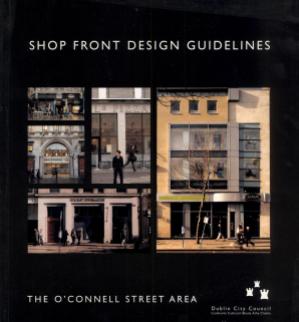A two day conference looking at the future regeneration of the Dublin Docklands area
08.45 am REGISTRATION
9.15 am Welcome / Opening Address : Lord Mayor,
Naoise O’Muiri
Chairperson – Sean O’Laoire
9.30 – 10.30 FUTURE OF DOCKLANDS
Integration of City Council & Docklands – City
Manager
Draft SDZ Planning Scheme – Dick Gleeson
Street Conversations – John Conroy
10.30 – 11.20 ECONOMY, EDUCATION & PATHWAYS TO
JOBS
Role of Digital Economy – Gavan Drohan,
Telefonica, Wayra Academy
Role of SMEs in Docklands – John Treacy,
Docklands Business Forum
Enterprise & Community Development –
Seamus McDermott, Liffey Trust
Transferring the Fumbally Experience – George
Boyle, Fumbally Exchange
11.20 -11.35 COFFEE
11.35 – 12.00pm Early Learning Initiatives –
Dr. Josephine Bleach, National College Ireland
Education – Making a Difference, Pat Fanning,
St. Joseph’s CBS, Fairview
12.00 – 12.30pm WORKSHOP SESSIONS
12:30 – 1.00pm FEEDBACK FROM WORKSHOPS
1.00 – 2.00pm LUNCH
2.00 – 2.45pm HOUSING , COMMUNITY & IDENTITY
Regeneration – Lessons for Dublin –
Dr. Andrew MacLaren, TCD
Good Communities & Neighbourhoods –
Trevor White, Uniquely Dublin
Communities & Culture – Ray Yeates, City
Arts Offi cer
Providing Housing for All – Caren Gallagher,
Irish Council of Social Housing
A Youthful Docklands – Susan Menton, St.
Andrew’s Resource Centre
2.45-3:30pm WORKSHOP SESSION
3.30-3.45pm COFFEE
3.45 – 4.30pm FEEDBACK FROM WORSHOPS
4.30 – 5.00pm Q&A
DAY 2
9.00 am REGISTRATION
9.15 – 10.15 THE DOCKLANDS ENVIRONMENT
Docklands – A Maritime Environment in
Context,Conor Skehan, EIS
Dublin Port Company Masterplan 2012-2040 –
Eamonn O’Reilly, Chief Executive,Dublin
Port Company
Recreation & Amenity Spaces – Les Moore, City
Parks Superintendent
Sustainable Energy Community & the Docklands –
Gerry Wardell, Codema
A Healthy Docklands – Sarah Middleton,
Environmental Health Offi cer
A Greener Eco-Friendly Docklands – Fiona Craven,
Environmental Engineer
10.15-11:00 WORKSHOP SESSIONS
11.00-11.15 COFFEE
11.15 – 12.00 FEEDBACK FROM WORKSHOPS
12:00 – 13:00 GOVERNANCE & WAY FORWARD
Governance – Chairperson, Dublin Docklands
Development Authority – John Tierney
Community Input – Sean O’Laoire
Closing Address : Ruairi Quinn, TD, Minister for
Education & Skills
Q&A & WRAP UP
















